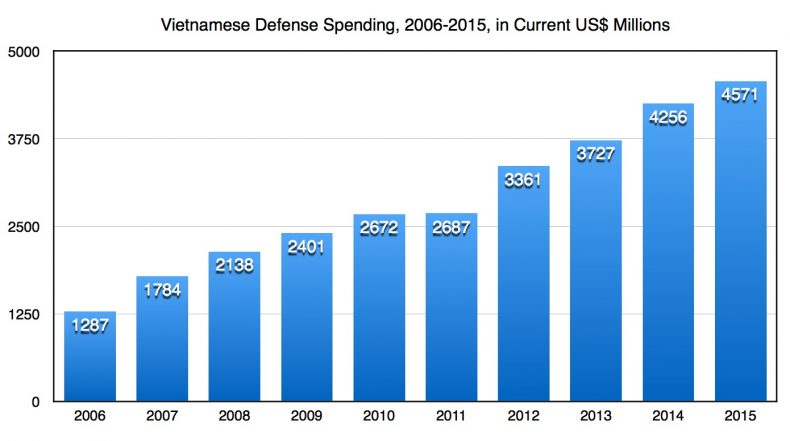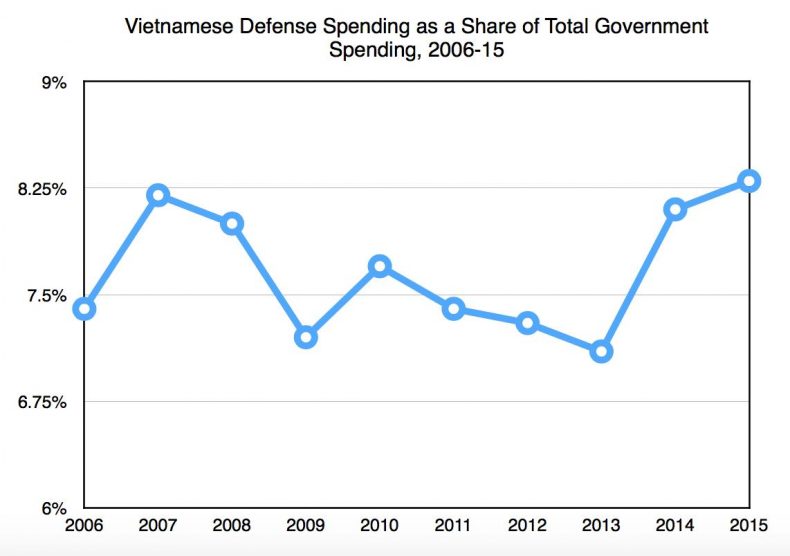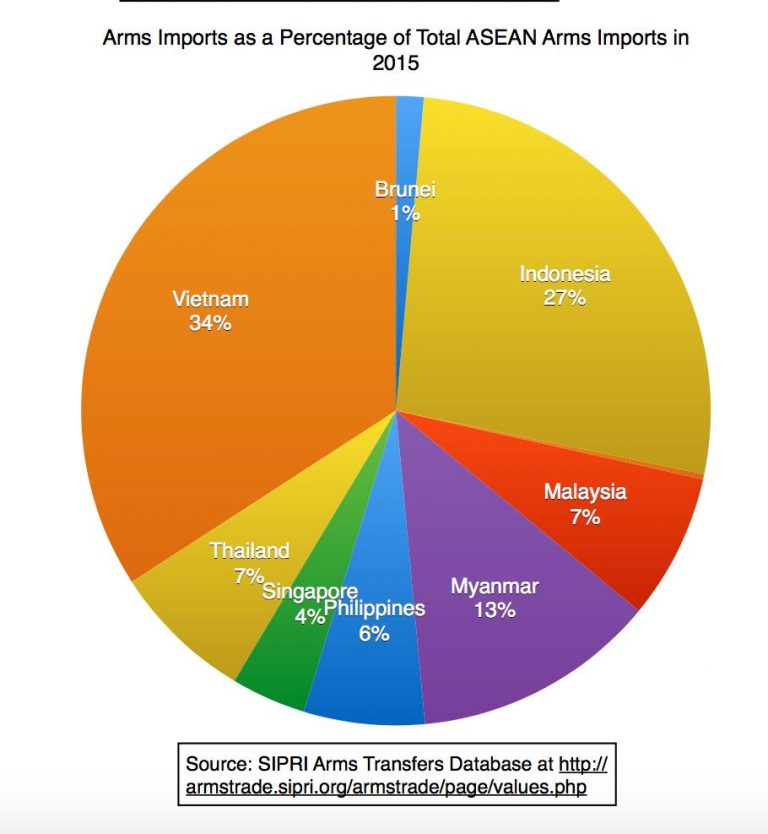(239) 10-08-2016-to-10-14-2016_____****THE****WINDS****of****WAR****
http://www.timebomb2000.com/vb/show...14-2016_____****THE****WINDS****of****WAR****
(240) 10-15-2016-to-10-21-2016_____****THE****WINDS****of****WAR****
http://www.timebomb2000.com/vb/show...21-2016_____****THE****WINDS****of****WAR****
(241) 10-22-2016-to-10-28-2016_____****THE****WINDS****of****WAR****
http://www.timebomb2000.com/vb/show...28-2016_____****THE****WINDS****of****WAR****
-----
For links see article source.....
Posted for fair use.....
http://www.voanews.com/a/allies-resist-us-plan-to-attack-raqqa/3570491.html
Allies Resist US Plan to Attack Raqqa
October 28, 2016 6:38 PM
Jamie Dettmer
A proposed U.S.-backed offensive on the Islamic State terror group’s Syrian stronghold of Raqqa is encountering problems, because Turkey’s President Recep Tayyip Erdogan insists the Syrian-Kurdish YPG — the only militia currently up to the task — can play no part.
America’s European allies also are raising objections and expressing strong skepticism about any major role for the Kurdish People’s Protection Units, or YPG. They fear that having the Kurds in the vanguard of an assault on Raqqa, historically a predominantly Arab city, would fuel sectarian rivalries.
Speaking to the news channel France 24, Britain’s defense secretary, Michael Fallon, warned that using anything but an Arab force would court rejection by the Sunni Arab residents of Raqqa. He said the liberation of the city would have to be done by an “essentially Arab” force.
“Otherwise,” he warned, “the liberation is not going to be welcomed by the people of Raqqa” and would worsen tensions between Arabs and Kurds.
U.S. officials are eager to liberate Raqqa sooner rather than later because they fear IS is planning to prolong its already stiff defense of the Iraqi city of Mosul by sending reinforcements from Raqqa — something it may already be doing.
Earlier this week, U.S. Defense Secretary Ash Carter called for a simultaneous attack on IS’ self-styled capital of Raqqa alongside the push, started more than a week ago, to retake Mosul.
“We want to see an isolation operation begin around Raqqa as soon as possible,” Carter said during a visit to the Iraqi city of Irbil. “We are working with our partners there [in Syria] to do just that.”
Two fronts
In the runup to the launch of the assault on Mosul, some U.S. officials and analysts argued that to speed up the end of the jihadist caliphate, a better strategy would be to attack Raqqa and Mosul at the same time, forcing an already stretched terror group to fight off two major assaults on different fronts.
“I think Raqqa is more important to IS than Mosul is, because of how central Raqqa is to the group’s administration of its declining state,” Daveed Gartenstein-Ross, a senior fellow at the Foundation for Defense of Democracies, a Washington-based research group, told VOA before the Mosul assault unfolded.
Control of Raqqa and its surrounding province has supplied IS with considerable revenue, from the sale of oil from nearby oil fields and cash the group demanded from the Assad government in Damascus for the electricity generated by the Euphrates and Ba’ath dams.
Only in recent days have U.S. officials started to talk publicly about a Raqqa assault being unleashed within weeks. But as with the planning for the Mosul offensive, with Raqqa, U.S. officials are faced with a host of problems as they try to discipline unruly alliances of local sectarian rivals that mistrust each other and fear they will be outmaneuvered and weakened for what may follow the defeat of IS.
Turkey’s Erdogan has said he told U.S. President Barack Obama in a phone call to exclude the Kurdish-led Syrian Democratic Union Party (PYD) and its militia, the YPG, from the proposed Raqqa offensive.
“We do not need terrorist organizations like the PYD and YPG in the Raqqa operation. Let us work together to sweep Daesh [the Arabic acronym for IS ] from Raqqa, I told him,” Erdogan said.
In a written statement after the phone call, Turkish officials said the two leaders agreed to support the territorial integrity and independence of a post-Assad Syria.
Assad first, IS second
Ankara fears the Kurds are planning to fashion an independent state in northern Syria running along the border with Turkey and sees the PYD as an extension of Turkey’s outlawed separatist group, the Kurdistan Workers’ Party, with which it is locked in a vicious conflict in southeastern Turkey.
But without the YPG, it is unclear who could muster a strong enough assault on Raqqa to recapture it from the jihadists.
Since the YPG’s successful 2014-15 defense of the border town of Kobane from IS, Washington has considered the YPG its most reliable ground ally against the jihadists. But backing the Syrian Kurds has damaged Washington’s relations with both Ankara and the mainly Sunni Arab Syrian rebel militias that have battled to oust President Bashar al-Assad for more than five years. Arab insurgents see Assad as their main enemy and IS as a secondary foe that can be defeated once Assad has been driven from power.
Syrian rebel militias have clashed with YPG forces, which took the opportunity to seize traditionally Arab towns north of the city of Aleppo during a Russian-backed Assad offensive last February. Both Kurdish-dominated forces and Syrian rebels backed by Turkey are converging on al-Bab, northeast of Aleppo, in a race to take the town from IS.
Speaking in Ankara to the families of veterans, Erdogan reiterated his determination to maintain the push toward al-Bab. After that, he said, the rebels, with Turkish air, artillery and special forces support, would turn their attention to Raqqa.
“I had a long conversation with Mr. Obama last night and I told him that we’ll take these steps,” he said.
But it remains unclear whether Syrian rebel militias want, at this stage, to be drawn into what would be a prolonged and bloody fight over Raqqa. Rebel commanders working with the Turks told VOA that after al-Bab they want to bolster their comrades in the besieged city of Aleppo, where insurgents Friday announced they were mounting a new offensive to try to break a months-long siege by Assad’s forces, their second bid to do so.
The Turkish and American defense ministers, Fikri Isik and Carter, met in Brussels Thursday on the sidelines of a NATO meeting to discuss the anti-IS battles in Iraq and Syria. Isik told reporters that Ankara was pressing the U.S. to drop the PYD and to embrace the Free Syrian Army as the local force to liberate Raqqa.
“We will be insistent on this issue up to the end,” he said.
http://www.timebomb2000.com/vb/show...14-2016_____****THE****WINDS****of****WAR****
(240) 10-15-2016-to-10-21-2016_____****THE****WINDS****of****WAR****
http://www.timebomb2000.com/vb/show...21-2016_____****THE****WINDS****of****WAR****
(241) 10-22-2016-to-10-28-2016_____****THE****WINDS****of****WAR****
http://www.timebomb2000.com/vb/show...28-2016_____****THE****WINDS****of****WAR****
-----
For links see article source.....
Posted for fair use.....
http://www.voanews.com/a/allies-resist-us-plan-to-attack-raqqa/3570491.html
Allies Resist US Plan to Attack Raqqa
October 28, 2016 6:38 PM
Jamie Dettmer
A proposed U.S.-backed offensive on the Islamic State terror group’s Syrian stronghold of Raqqa is encountering problems, because Turkey’s President Recep Tayyip Erdogan insists the Syrian-Kurdish YPG — the only militia currently up to the task — can play no part.
America’s European allies also are raising objections and expressing strong skepticism about any major role for the Kurdish People’s Protection Units, or YPG. They fear that having the Kurds in the vanguard of an assault on Raqqa, historically a predominantly Arab city, would fuel sectarian rivalries.
Speaking to the news channel France 24, Britain’s defense secretary, Michael Fallon, warned that using anything but an Arab force would court rejection by the Sunni Arab residents of Raqqa. He said the liberation of the city would have to be done by an “essentially Arab” force.
“Otherwise,” he warned, “the liberation is not going to be welcomed by the people of Raqqa” and would worsen tensions between Arabs and Kurds.
U.S. officials are eager to liberate Raqqa sooner rather than later because they fear IS is planning to prolong its already stiff defense of the Iraqi city of Mosul by sending reinforcements from Raqqa — something it may already be doing.
Earlier this week, U.S. Defense Secretary Ash Carter called for a simultaneous attack on IS’ self-styled capital of Raqqa alongside the push, started more than a week ago, to retake Mosul.
“We want to see an isolation operation begin around Raqqa as soon as possible,” Carter said during a visit to the Iraqi city of Irbil. “We are working with our partners there [in Syria] to do just that.”
Two fronts
In the runup to the launch of the assault on Mosul, some U.S. officials and analysts argued that to speed up the end of the jihadist caliphate, a better strategy would be to attack Raqqa and Mosul at the same time, forcing an already stretched terror group to fight off two major assaults on different fronts.
“I think Raqqa is more important to IS than Mosul is, because of how central Raqqa is to the group’s administration of its declining state,” Daveed Gartenstein-Ross, a senior fellow at the Foundation for Defense of Democracies, a Washington-based research group, told VOA before the Mosul assault unfolded.
Control of Raqqa and its surrounding province has supplied IS with considerable revenue, from the sale of oil from nearby oil fields and cash the group demanded from the Assad government in Damascus for the electricity generated by the Euphrates and Ba’ath dams.
Only in recent days have U.S. officials started to talk publicly about a Raqqa assault being unleashed within weeks. But as with the planning for the Mosul offensive, with Raqqa, U.S. officials are faced with a host of problems as they try to discipline unruly alliances of local sectarian rivals that mistrust each other and fear they will be outmaneuvered and weakened for what may follow the defeat of IS.
Turkey’s Erdogan has said he told U.S. President Barack Obama in a phone call to exclude the Kurdish-led Syrian Democratic Union Party (PYD) and its militia, the YPG, from the proposed Raqqa offensive.
“We do not need terrorist organizations like the PYD and YPG in the Raqqa operation. Let us work together to sweep Daesh [the Arabic acronym for IS ] from Raqqa, I told him,” Erdogan said.
In a written statement after the phone call, Turkish officials said the two leaders agreed to support the territorial integrity and independence of a post-Assad Syria.
Assad first, IS second
Ankara fears the Kurds are planning to fashion an independent state in northern Syria running along the border with Turkey and sees the PYD as an extension of Turkey’s outlawed separatist group, the Kurdistan Workers’ Party, with which it is locked in a vicious conflict in southeastern Turkey.
But without the YPG, it is unclear who could muster a strong enough assault on Raqqa to recapture it from the jihadists.
Since the YPG’s successful 2014-15 defense of the border town of Kobane from IS, Washington has considered the YPG its most reliable ground ally against the jihadists. But backing the Syrian Kurds has damaged Washington’s relations with both Ankara and the mainly Sunni Arab Syrian rebel militias that have battled to oust President Bashar al-Assad for more than five years. Arab insurgents see Assad as their main enemy and IS as a secondary foe that can be defeated once Assad has been driven from power.
Syrian rebel militias have clashed with YPG forces, which took the opportunity to seize traditionally Arab towns north of the city of Aleppo during a Russian-backed Assad offensive last February. Both Kurdish-dominated forces and Syrian rebels backed by Turkey are converging on al-Bab, northeast of Aleppo, in a race to take the town from IS.
Speaking in Ankara to the families of veterans, Erdogan reiterated his determination to maintain the push toward al-Bab. After that, he said, the rebels, with Turkish air, artillery and special forces support, would turn their attention to Raqqa.
“I had a long conversation with Mr. Obama last night and I told him that we’ll take these steps,” he said.
But it remains unclear whether Syrian rebel militias want, at this stage, to be drawn into what would be a prolonged and bloody fight over Raqqa. Rebel commanders working with the Turks told VOA that after al-Bab they want to bolster their comrades in the besieged city of Aleppo, where insurgents Friday announced they were mounting a new offensive to try to break a months-long siege by Assad’s forces, their second bid to do so.
The Turkish and American defense ministers, Fikri Isik and Carter, met in Brussels Thursday on the sidelines of a NATO meeting to discuss the anti-IS battles in Iraq and Syria. Isik told reporters that Ankara was pressing the U.S. to drop the PYD and to embrace the Free Syrian Army as the local force to liberate Raqqa.
“We will be insistent on this issue up to the end,” he said.





